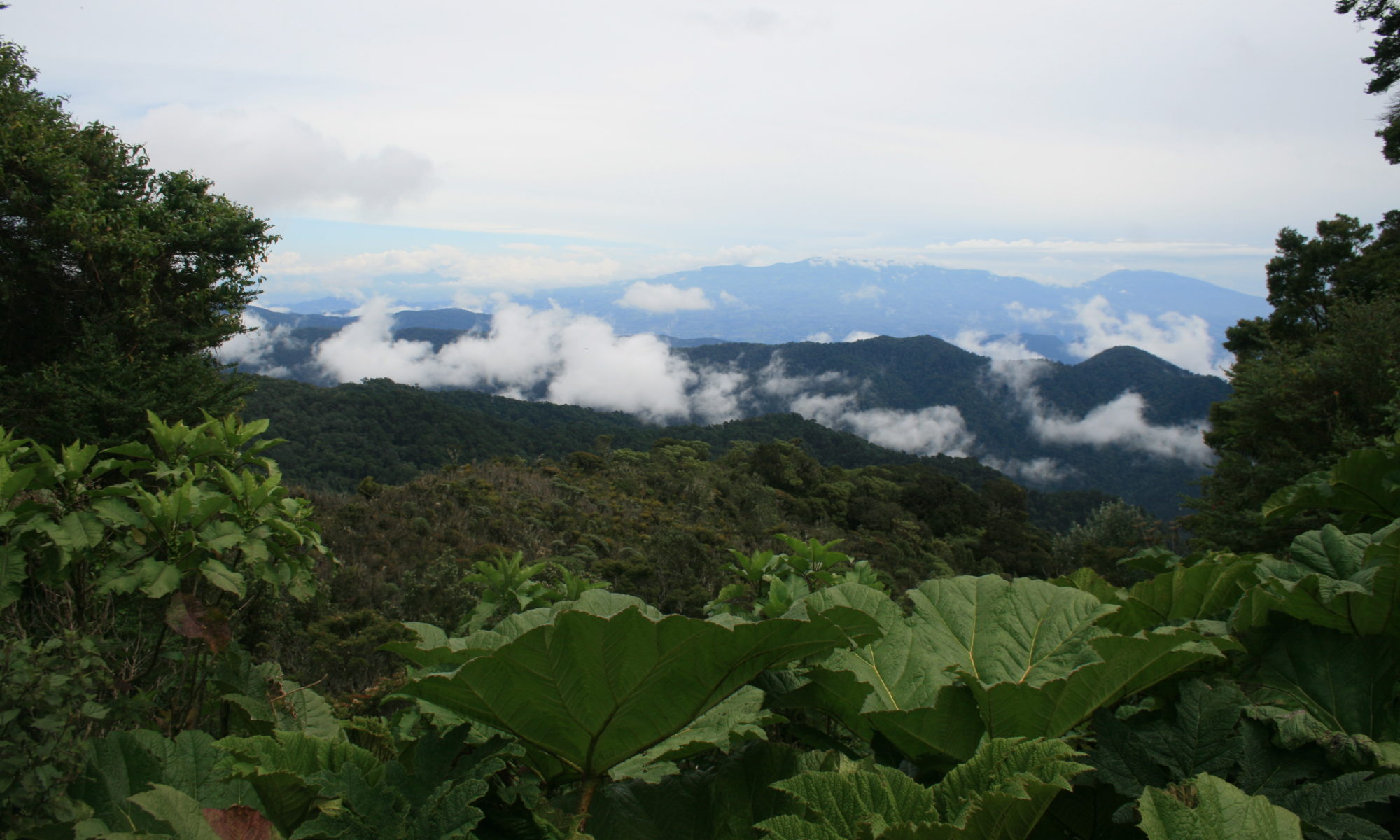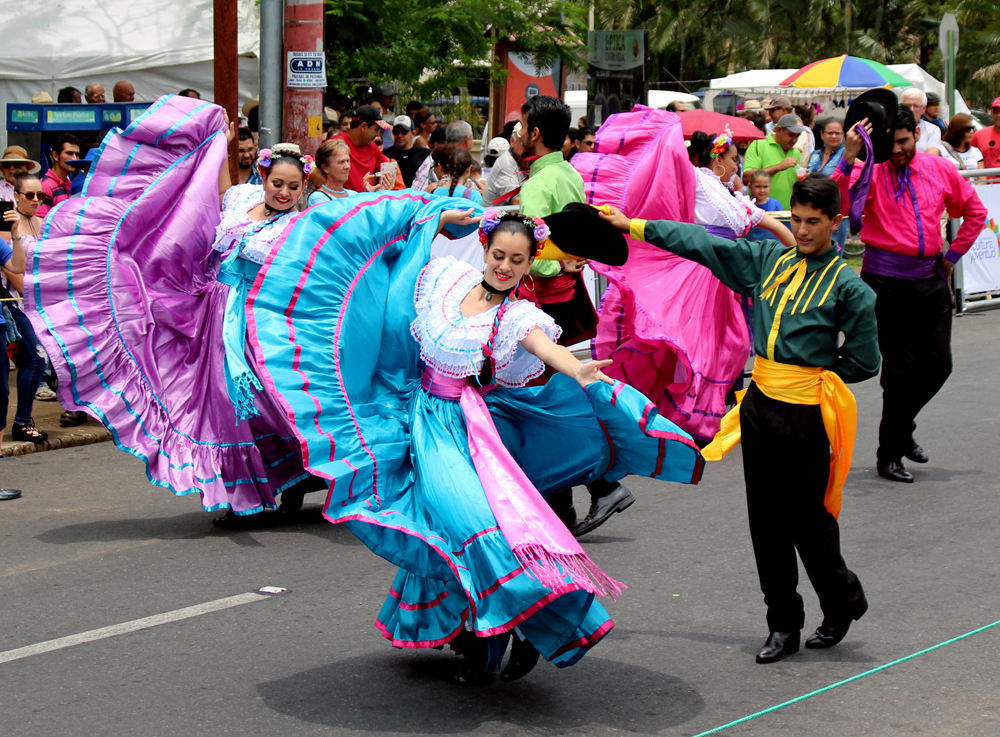
In an effort to include some Costa Rica Culture in my blog, I copied this from the Golden Gringo Newsletter, which is okay because he copied it from a local online newspaper! 🙂 He came here a year or so before me from the states as a retiree (younger than me) who chose to live near a beach and fishing place, Quepos on the Pacific Coast near Manuel Antonio NP. He’s a lot different than me, but I semi-follow his newsletter for his impression of things here.
And note that the original list below was most likely aimed at and/or written by young adult or teen Costa Ricans (Ticos) as a form of humor. But there is some real culture here! 🙂
Feature photo is mine of young adult Ticos in an Atenas parade (for a traditional look), but the copied stock photo above is more typical of young people here! 🙂 Below copied from Golden Gringo Chronicles:
10 SIGNS YOU WERE BORN AND RAISED IN COSTA RICA
This gem appeared in the Costa Rica Star newspaper recently and GG thought it was interesting . . .
“We’re Not the Happiest on the Planet for Nothing” 🙂
You had your first coffee before you were 5 years old. Your mom would mix it with extra milk so it wouldn’t taste so strong. She’s the reason you developed an addiction to it and now drink at least 3 cups a day. (But their also have been numerous articles in the press in recent years on the health benefits of coffee)
You don’t refer to someone as a person, you say “mae” (pronounced my). ‘Mae’ is everyone and anyone, either feminine or masculine (esa mae or ese mae). When talking to your friends, it’s not uncommon to hear the word mae at least 50 times in one conversation. (especially among teenagers, the closest modern equivalent to “mae” in English being “dude”)
You include partying in your monthly budget.
It doesn’t matter if there’s nothing going on, you will find a reason to celebrate. You double your party budget if La Sele (the national soccer team) is playing that month. (in Covid times you can still watch the Sele on TV)
You don’t say 1000 colones, you say “un rojo.” (rojo, a “red” or un mil)
In Costa Rica the 1000 colon bill is red in color (rojo in Spanish), so you denominate money as un rojo, dos rojos, diez rojos, and so on. For example, you say “I paid diez rojos for that ticket.” One million is “un melón,” just because it rhymes.
You use trees and house colors to give directions.
From the mango tree, turn left and keep going 2 apples (blocks), it’s the third house on the right, watermelon color with a palm tree in the front. Street names — who needs them?
You know about Tico time.
If someone says: “I’ll meet you at 4,” you know it probably means the person might be leaving the house at that time. Not proud of this one, but we Ticos are not exactly known for being punctual.
You say Pura Vida for everything.
Used a hundred times a day to say hi, goodbye, thank you, you’re welcome, to express well-being, or to say something is good or nice, Pura Vida (pure life) is your mantra.
You eat tamales for breakfast, lunch, and dinner on Christmas and New Year’s Eve.
Your mom makes a huge batch of traditional tamales for the holidays and you are responsible for eating half of them, it’s your duty.
You honed your salsa dancing and merengue skills in family reunions.
Your aunt, uncle, mom, or cousin made you dance with them at all family gatherings. You might have hated it back then, but at least now you can dance.
You secretly speak Pachuca (street slang).
Even though you might not use it often, you can speak it fluently. You know that tuanis means good, that mopri (a mix of the letters of primo) means mae, that the police are los pacos, your car is la nave watched over by el guachi, and your job is el yugo. En ‘toas…it’s good, mae!
¡Pura Vida!
And for more photos of people & culture + art, see my People, Fiestas & Arts Gallery.


